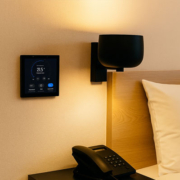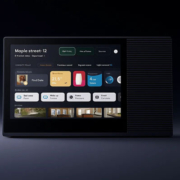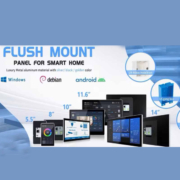How to Install Home Assistant on Ubuntu for Smart Home Automation
In this guide, we’ll walk you through how to install Home Assistant on Ubuntu for smart home automation, and how you can pair it with high-quality smart control panels and OEM solutions from Portworld to create a seamless, modern smart home experience.
Why Choose Ubuntu + Home Assistant?
Ubuntu provides a stable, well-supported environment for running long-term services like Home Assistant. Combined with Home Assistant’s flexibility and vast device integration ecosystem, this setup gives you:
- Full local control (no cloud dependency)
- Easy automation creation
- Compatibility with thousands of smart devices
- Integration with Portworld’s touchscreen control panels for enhanced user interface
Portworld: Professional Smart Home Panels and Services
Before diving into installation, it’s important to understand how your backend software (like Home Assistant) connects with the physical control hardware. This is where Portworld comes in.
What Portworld Offers:
| Service | Description |
|---|---|
| 4-inch & 5-inch Touch Panels | Beautiful wall-mounted Android/Linux panels designed for Home Assistant dashboards. |
| PoE-Enabled Hardware | Power your smart panel and connect it via Ethernet with just one cable. |
| Custom OS/Firmware | Portworld provides firmware optimization services for seamless integration with your smart home backend. |
| CKD/SKD Assembly | Reduce costs and import duties by assembling locally with Portworld’s support. |
| Engineering Assistance | Tailored help with PCBA design, firmware development, and dashboard configuration. |
By combining Ubuntu + Home Assistant with Portworld’s smart home control panels, users can enjoy a visually engaging interface and simplified control across all their smart devices.
Step-by-Step: Install Home Assistant on Ubuntu
We’ll install Home Assistant in a Python virtual environment (recommended for advanced control and flexibility).
✅ Requirements
- Ubuntu 20.04 / 22.04 (desktop or server)
- Python 3.11+
- Terminal access (via SSH or direct)
Step 1: Update Your System
sudo apt update && sudo apt upgrade -y










